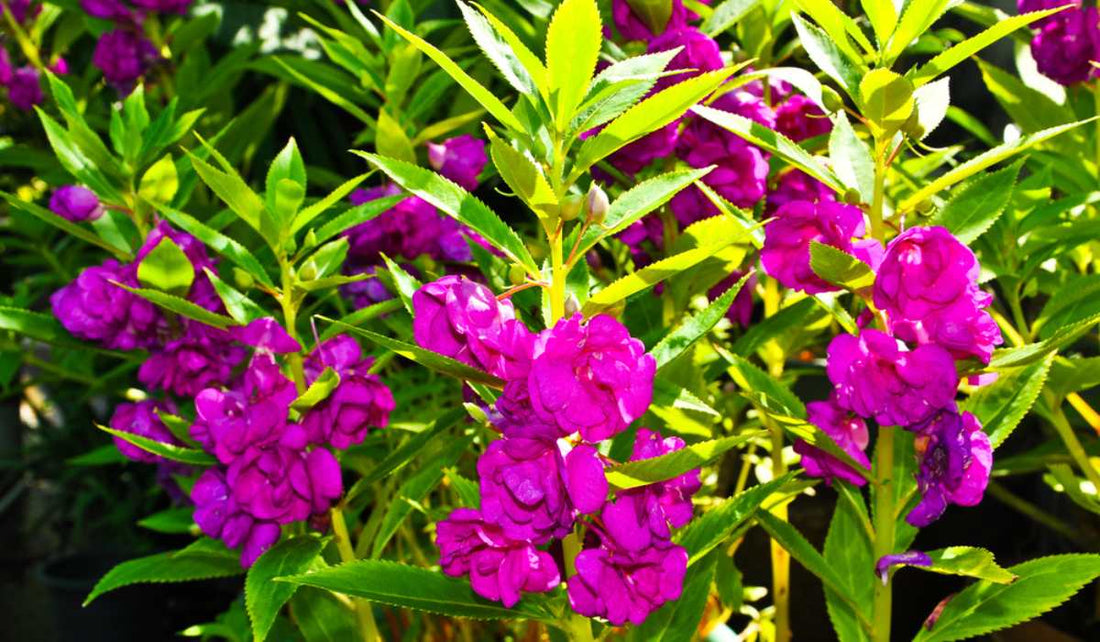

The Kachnar Tree, scientifically known as Bauhinia variegata and often called the Mountain Ebony, is a botanical wonder cherished for its breathtaking blooms, nutritional value, and medicinal properties. Widely found in India and other tropical Read more
Trending
Trees for Corporates
Kachnar Tree: Edible Blossoms, Health Benefits, and Ornamental Wonder
You may also like
Corporate Plantations
Kachnar Tree Benefits
The Kachnar tree is a versatile marvel, offering edible blossoms, numerous health benefits, and ornamental appeal. It’s the tree that brings flavor, wellness, and beauty to your life effortlessly.
Edible Blossoms of Kachnar
Kachnar’s beautiful flowers are not just for show—they’re edible! Used in curries, pickles, and stir-fries, they add a unique tangy flavor that turns everyday dishes into culinary delights.
Medicinal Uses of Kachnar Tree
From its bark to its flowers, the Kachnar tree is a natural healer. It’s used in traditional remedies for treating ulcers, wounds, and thyroid issues, proving that beauty and brains coexist.
Growing Kachnar Trees at Home
Hardy and easy to grow, the Kachnar tree thrives in sunny, well-drained soil. Plant one and enjoy its vibrant flowers, health benefits, and low-maintenance nature.
Kachnar Tree in Ayurveda
Revered in Ayurveda, Kachnar is used to balance the body’s doshas, improve digestion, and treat skin disorders. It’s an ancient remedy for modern ailments.
Kachnar Flowers for Skin Health
Rich in antioxidants, Kachnar flowers rejuvenate and brighten the skin. Whether in face masks or herbal remedies, they’re nature’s answer to your skincare woes.
Kachnar Tree for Thyroid Health
The Kachnar tree is known for supporting thyroid function and balancing hormones. It’s the botanical solution for better endocrine health.
Kachnar Tree in Landscaping
With its vibrant blooms and elegant structure, the Kachnar tree is a favorite for ornamental gardening. It’s the perfect centerpiece for a visually stunning yard.
Kachnar for Eco-Friendly Gardening
Kachnar is drought-tolerant and supports biodiversity, making it an eco-conscious choice. It’s the plant that’s as kind to the planet as it is to the eyes.
Kachnar Tree Leaves
These green wonders are packed with nutrients and used in herbal remedies to boost immunity and improve digestion. They’re as valuable as the tree’s gorgeous flowers.
Kachnar Tree and Pollinators
Kachnar flowers attract bees, butterflies, and birds, creating a lively ecosystem in your garden. It’s the tree that keeps your outdoor space buzzing with life.
Cultural Significance of Kachnar Tree
A symbol of beauty and abundance, the Kachnar tree holds a special place in rituals and traditions. It’s more than a tree; it’s a living piece of cultural heritage.
FAQ
What is the Kachnar tree and why is it called an ornamental wonder?
The Kachnar tree is a stunning plant known for its vibrant, edible blossoms and ornamental appeal. Its beauty and versatility make it a favorite in gardens and kitchens alike.
How can I grow a Kachnar tree at home?
Growing a Kachnar tree is easy. Plant it in sunny, well-drained soil, water moderately, and enjoy its gorgeous blooms and low-maintenance charm.
What are the edible uses of Kachnar flowers?
Kachnar flowers add a tangy twist to curries, pickles, and stir-fries. They’re not just pretty—they’re a culinary delight that upgrades everyday dishes.
What are the medicinal benefits of the Kachnar tree?
Kachnar is used to treat ulcers, thyroid issues, and skin disorders. Its bark, leaves, and flowers are packed with healing properties, making it a natural remedy.
Can Kachnar flowers improve skin health?
Yes! Rich in antioxidants, Kachnar flowers rejuvenate and brighten skin. They’re a natural skincare solution, turning dull complexions into glowing masterpieces.
How does the Kachnar tree support thyroid health?
The Kachnar tree helps balance hormones and supports thyroid function. It’s an Ayurvedic remedy for better endocrine health, naturally.
Why is the Kachnar tree a favorite for landscaping?
With vibrant blooms and a graceful structure, the Kachnar tree adds charm and elegance to gardens. It’s the perfect ornamental centerpiece.
Is the Kachnar tree eco-friendly?
Absolutely! Kachnar is drought-tolerant and supports biodiversity, making it a sustainable and eco-conscious choice for green thumbs everywhere.
How do Kachnar tree leaves benefit health?
Kachnar leaves are used in herbal remedies to boost immunity, improve digestion, and support overall wellness. They’re green treasures with big health benefits.
What role does the Kachnar tree play in pollinator gardens?
Kachnar flowers attract bees, butterflies, and birds, creating a lively ecosystem. It’s the tree that turns your garden into a buzzing paradise.
What is the cultural significance of the Kachnar tree?
Kachnar symbolizes beauty and abundance in various traditions and rituals. It’s more than just a tree—it’s a living piece of heritage.
How does the Kachnar tree fit into Ayurveda?
In Ayurveda, Kachnar is used to balance doshas, detoxify the body, and treat skin conditions. It’s the ancient healer with timeless relevance.
Most Popular
Connect with us
-
👥 Corporates
If you are looking for:
- 🌲 Tree Plantation Events
- 📊 CSR Projects
📧 corporate@growbilliontrees.com
📞 +91 9699723523
💬 +91 9325931304 WhatsApp (Only)
🕒 Mon - Sat | 10am - 7pm IST
-
🧩 Tree Plantation NGOs
If you are looking for:
- 💰 Financial Assistance
- 🤝 Operational Support
📧 support@growbilliontrees.com
📞 +91 9699723523
💬 +91 9325931304 WhatsApp (Only)
🕒 Mon - Sat | 10am - 7pm IST
-
🌼 Individuals
If you are looking for:
- 👥 Group Tree Plantation Drive
- 🌳 Bulk Tree Plantation
📞 +91 9699723523
💬 +91 9325931304 WhatsApp (Only)
🕒 Mon - Sat | 10am - 7pm IST





















